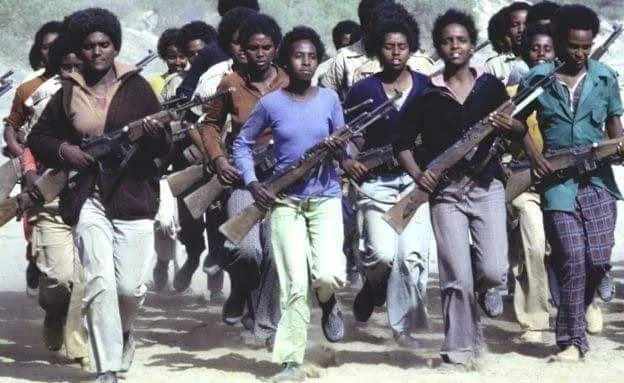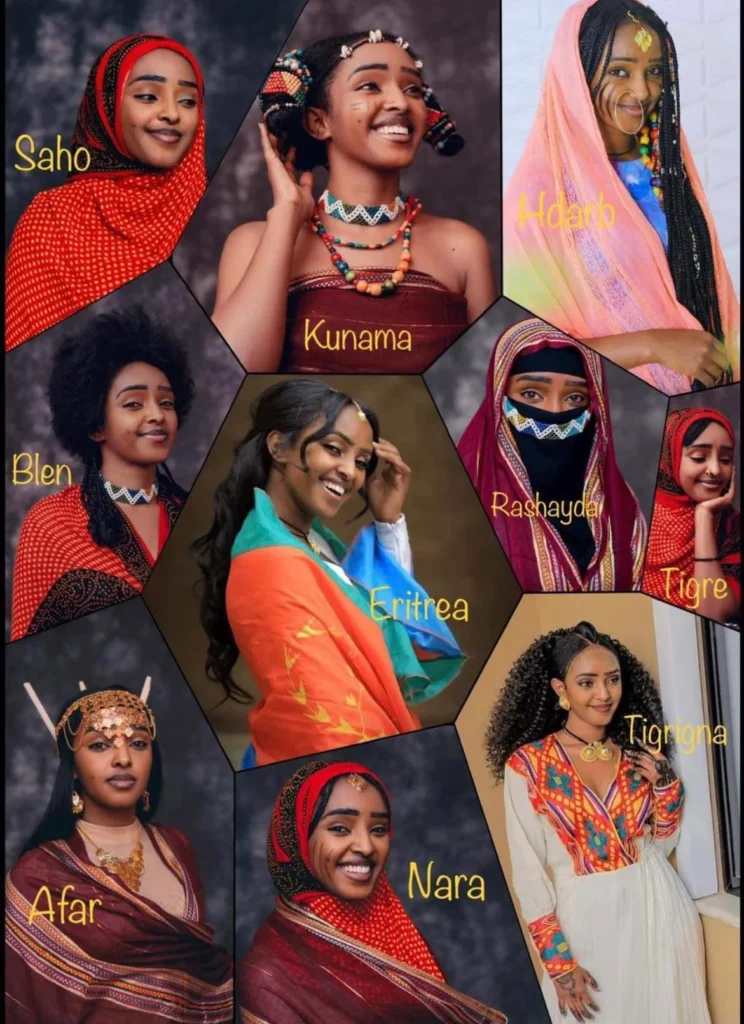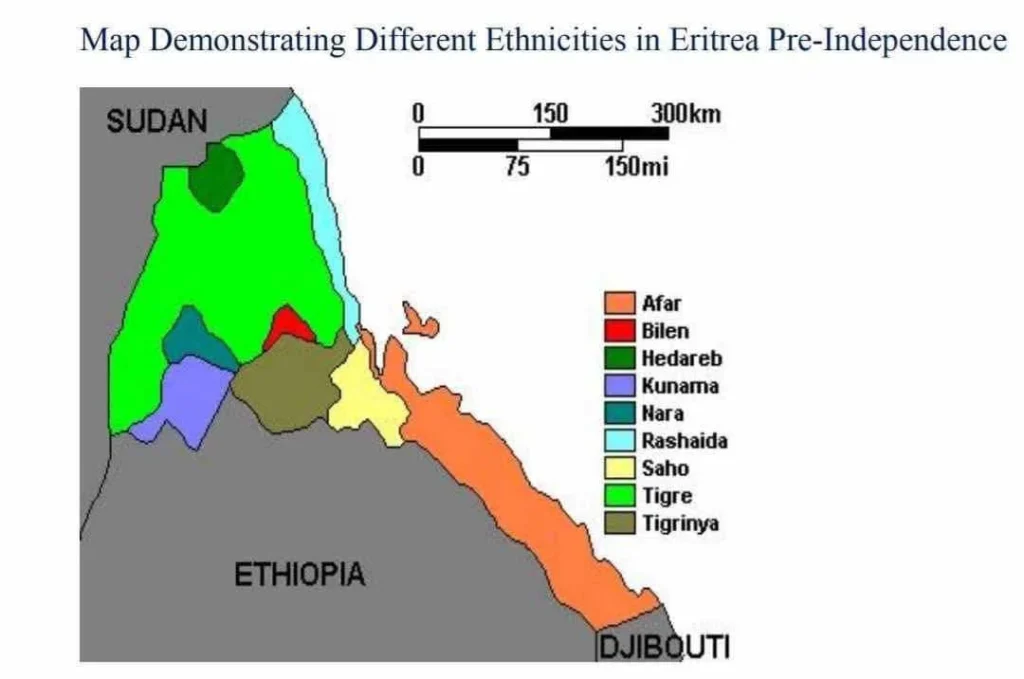Eritrea’s more than just a name on a map—it’s a tough little spot where history, culture, and a never-give-up attitude have been mashed together for ages. Sitting by the Red Sea in the Horn of Africa, this place has dealt with ancient traders, foreign rulers, and a nasty fight to be free, yet the people keep pushing forward. The culture’s a crazy mix of nine ethnic crews, each with their flavors—coffee rituals, wild dances, and tunes that stick with you. And resilience? That’s the core—through wars, dry spells, and rough days, Eritreans have a way of standing tall. Let’s break down how history built this place, how culture keeps it kicking, and why that tough spirit never quits.
Quick Hits
- Old Days and Trading Hustle
- Foreign Takeovers and Pushback
- The Big Freedom War
- Mix of Ethnic Vibes
- Coffee Time Every Day
- Songs, Moves, and Creativity
- Getting Along with Religion
- Surviving Wars and Tough Times
- Dealing with Today’s Struggles
- Holding Onto Pride and Looking Ahead
Old Days and Trading Hustle
Eritrea’s roots go deep—way back to around 8000 BC when folks were already living off the land near the Red Sea coast. By 2000 BC, some think it was part of the Land of Punt, where ancient Egyptians came for gold, spices, and ivory—imagine ships loaded with loot heading back to the Nile. Digging at Sembel near Asmara turned up old tools and pots from 800-400 BC, showing the Ona people were farming and herding early on. Later, the Aksumite Kingdom (4th to 7th centuries AD) made ports like Adulis busy spots, trading with Rome and India for incense and cloth. That early grind taught Eritreans how to hustle and hold their own.
Foreign Takeovers and Pushback
Outsiders started crashing the party around the 1500s when the Ottomans took the coast, followed by Egyptians, then Italians who claimed Eritrea in 1890 after a deal with Ethiopia. The Italians turned Asmara into their “little Rome” with wide roads and funky buildings, but it was all about squeezing the land and people dry. After World War II, the British stepped in briefly, then the UN shoved Eritrea into a federation with Ethiopia in 1952, which turned into a full takeover by 1962. Locals fought back early—pushing against taxes and land grabs—showing that stubborn streak that’d grow into a full-on rebellion.
The Big Freedom War

The fight for freedom kicked off in 1961 with the Eritrean Liberation Front (ELF), sparking a 30-year grind against Ethiopia. By the 1970s, the Eritrean People’s Liberation Front (EPLF) took charge, turning Nakfa—a rough mountain town—into a symbol of “we’re not backing down.” They smashed Ethiopian forces at Afabet in 1988 and marched into Asmara in 1991. Independence came hard on May 24, 1993, after a vote where almost everyone said yes. It was a brutal road—fighters trekked mountains in flip-flops, went hungry, and lost family—but that win showed a people who’d rather die than give up.

Mix of Ethnic Vibes

Eritrea’s got nine ethnic groups—Tigrinya, Tigre, Saho, Afar, Kunama, Bilen, Hedareb, Nara, and Rashaida—each with their spin. Tigrinya folks, about half the population, farm the highlands, while Tigre herd camels out west. Afar fish and trade by the sea, and Rashaida bring their Bedouin tents with bright colors. Kunama throw mask dances that feel wild, and Bilen weave baskets tough enough for generations. Even with the differences, there’s a cool respect—guys holding hands as buddies cuts across all groups. That mix is what makes Eritrea’s culture so alive.

Coffee Time Every Day
The coffee ceremony’s a big deal here—not just a drink, but a whole moment. You’ll see it in homes or villages, where green beans get roasted over a fire, sending out that smoky scent. The host grinds them with a hand tool, boils it in a clay pot called a jebena, and pours three rounds: awel (first), kalaay (second), bereka (blessed). It comes with incense and talk, lasting an hour or more. When guests show up, you’re expected to join—even if you say no three times (the polite way), they’ll keep saying “bezay kelalem” until you cave. It’s everyday life turned into a warm hangout.
Songs, Moves, and Creativity
Music and dance here are full of soul. Tigrinya folks love guaila, a fast beat with drums for weddings, while Saho do a sword dance telling fight stories. The krar (a lyre) and masenqo (a one-string fiddle) play tunes about love or hard times. Art’s just as real—painters in Asmara sketch war memories, and potters make jars handed down for years. During the war, songs and drawings kept spirits up, like poems whispered in foxholes. Now, kids mix old beats with new sounds at festivals, keeping the creativity flowing.
Getting Along with Religion
Religion’s a big part of life, split between Christians (mostly Orthodox) and Muslims, with some traditional beliefs among Kunama. Christianity showed up in the 4th century with spots like Debre Sina monastery, one of Africa’s oldest, while early Muslims came in the 7th century during the First Hijrah. Mosques and churches stand next to each other, and holidays like Eid and Timkat (Epiphany) mean shared meals. This mix came from old trade routes and movement, building a “live and let live” feel. Even in rough patches, this keeps communities tight.
Surviving Wars and Tough Times
Resilience is what keeps Eritrea going. The 30-year war meant dodging bullets, eating next to nothing, and losing loved ones. Nakfa turned into a stronghold where fighters held out, earning it the “mother of perseverance” tag. After freedom, droughts and floods hit, but folks built over 900 dams since 1991—way more than the under 100 before. Women fought in the war and now rebuild roads and farms, breaking old rules. That “no quit” attitude comes from a history of standing up no matter what.
Dealing with Today’s Struggles
These days, Eritrea’s got its hands full—sanctions, beef with Ethiopia, and a strict government that’s got folks on edge. Young people sometimes bolt from mandatory service, heading abroad for a better shot. But the people keep at it, growing 75% of their food and digging gold to keep cash flowing. The 2020 Tourism Plan wants to show off the culture, and communities turn scrap metal into tools. It’s a grind, but Eritreans adapt, turning tough spots into ways to push forward.
Holding Onto Pride and Looking Ahead
Eritreans carry their identity like a badge. May 24, Independence Day, is a party—dances, flags, and tales of heroes fill the streets. The flag’s olive branch and camel shout peace and grit, tying back to trade and fight days. Kids learn Tigrinya or Arabic, keeping languages strong, while art and music pump up pride. With challenges ahead, there’s a drive to build schools and health spots, fueled by that war-born toughness. The future’s blurry, but the spirit says it’s theirs to make.

